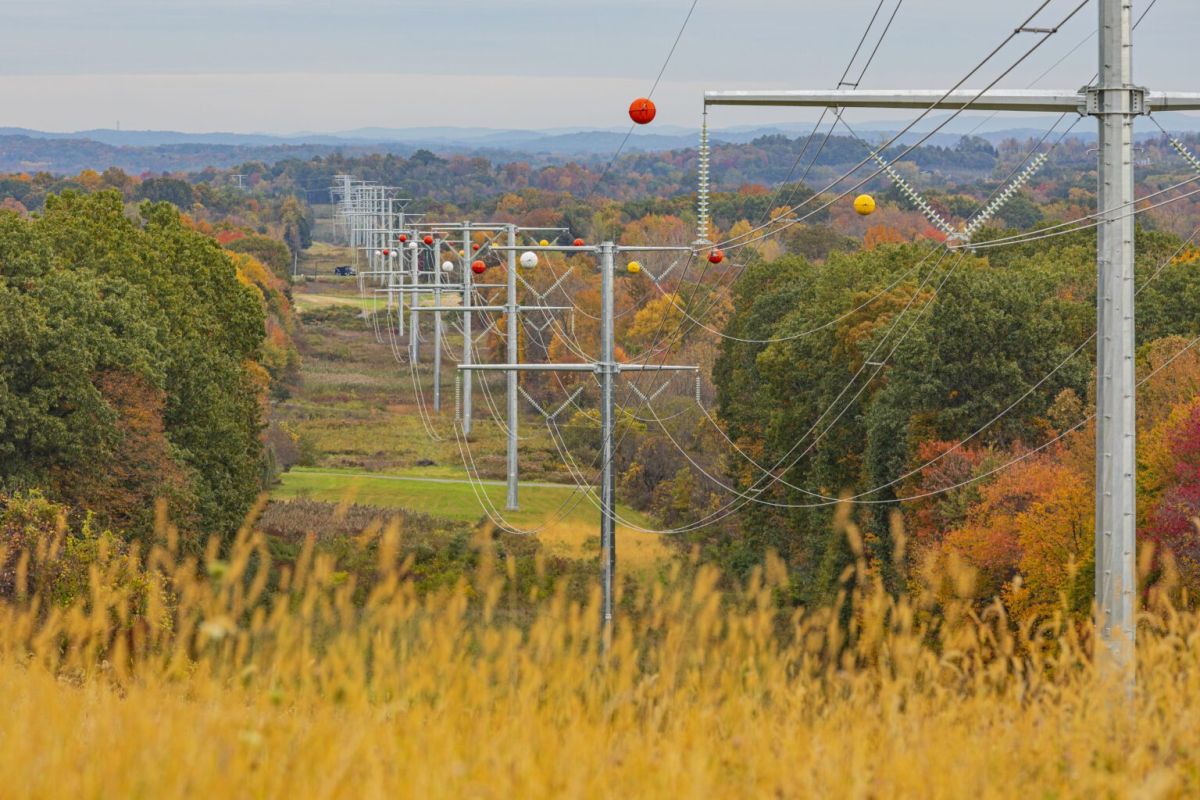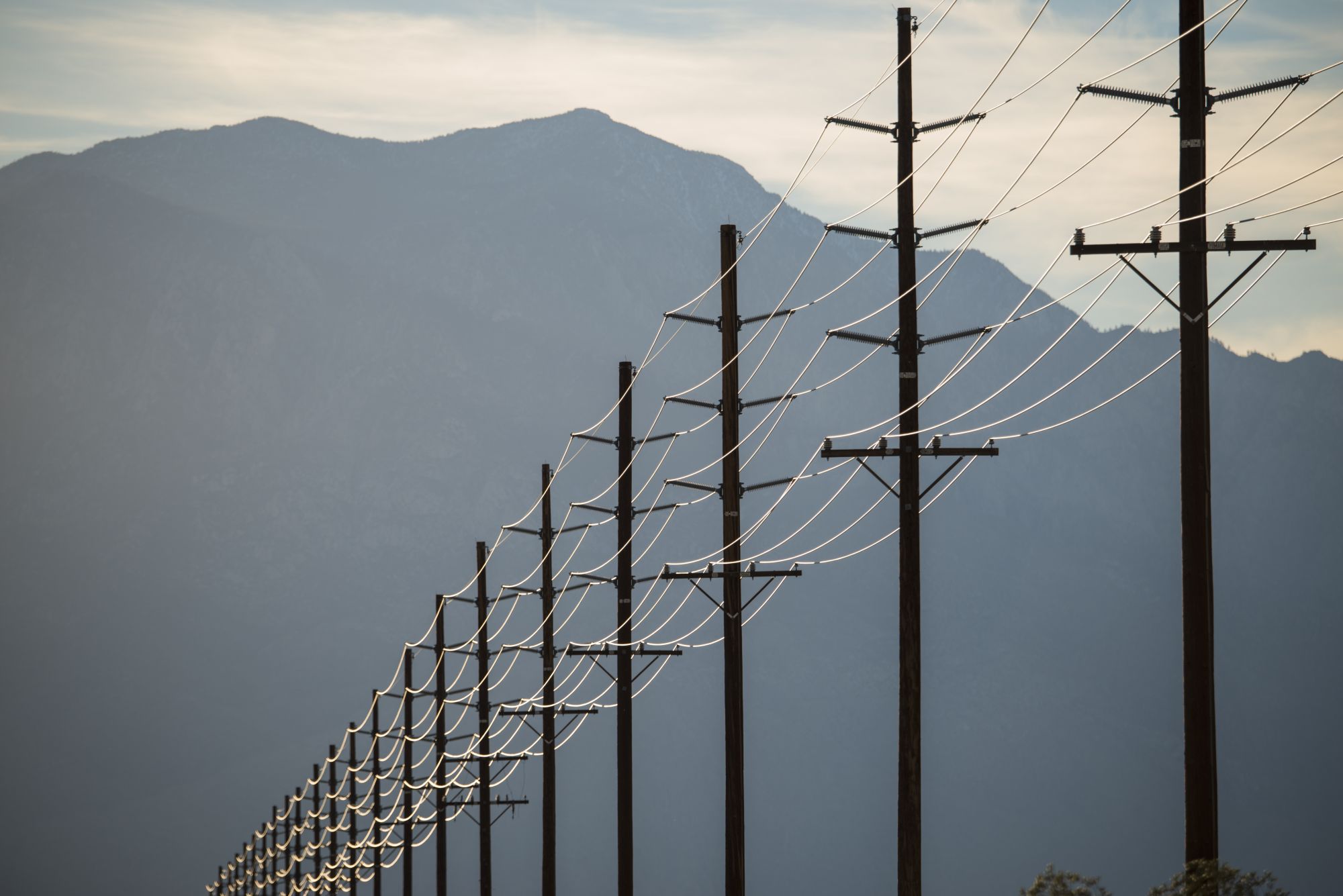WWW.UTILITYDIVE.COM
A study published Thursday by the Natural Resources Defense Council was developed in response to a PJM report that Illinois needs $700 million in transmission to replace 11.6 GW of fossil-fueled capac
Illinois could reliably replace its fossil-fueled power plants by 2030 with nearly 3 GW of battery storage and about 7.7 GW of resources that are seeking to connect to the grid in the state, according to a report released Thursday by the Natural Resources Defense Council.
The white paper by Astrape Consulting was drafted in response to a PJM Interconnection report that said Illinois would need to build about $700 million in transmission to replace retiring power plants under the state’s Climate and Equitable Jobs Act.
PJM’s report didn’t consider adding enough storage or generation inside Illinois to replace the roughly 11.6 GW expected to shutter by 2030 because of CEJA, according to Astrape Consulting, which is part of PowerGEM.
The consulting firm found that adding 2,972 MW of 4-hour battery storage at retiring power plant sites, plus a mix of generation in interconnection queues could lead to a reliable grid without the need to build transmission to import power from neighboring states.
“The results demonstrate that battery storage capacity reduces Illinois’s reliance on imported energy, keeping the state within transmission import limits and thus avoiding the transmission upgrades identified in PJM’s study,” Astrape Consulting said.
The consulting firm used a weighted methodology to determine how much capacity is likely to come online out of the PJM and Midcontinent Independent System Operator interconnection queues in Illinois.
Generators in the queues with signed interconnection service agreements received a 100% weighting and generators with a facilities studies agreement received a 57% weighting. Based on that, Astrape Consulting assumed that about 3.2 GW of solar, 2.5 GW of wind, 1.4 GW of gas and 627 MW of storage would emerge from the queues and be built by the end of the decade.
“This analysis proves that Illinois can meet its clean energy goals without sacrificing reliability, as long as sufficient clean replacement generation and energy storage is built within the state’s footprint in a timely manner,” Astrape Consulting said.
States like California, Hawai’i and Massachusetts have successfully added significant amounts of storage, the consulting firm said.
“Should Illinois choose to adopt a storage policy, PJM must enable the efficient and orderly replacement of retiring generation with storage,” Astrape Consulting said.
PJM should more fully consider energy storage as it plans for power plant retirements, according to NRDC.
“PJM must not exclude storage resources from interconnection processes or write them off as a solution to retiring fossil plants,” the environmental group said Thursday in a blog. “We can’t have a repeat of Brandon Shores in Illinois (or anywhere). To comply with CEJA, PJM must allow resources in Illinois to retire on time. To maintain reliability, PJM must facilitate the efficient exit and entry of new resources.”











